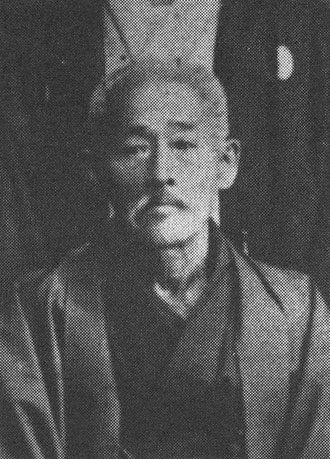Kanryo Higaonna, also known as Higaonna Kanryō, is an iconic figure in the history of Okinawan karate. Born on March 10, 1853 in Nishimura, Okinawa, he is recognized as the founder of Naha-te karate, one of the Okinawan karate styles that greatly influenced the development of modern karate.
Higaonna began studying martial arts at an early age. As a teenager, he traveled to Fuzhou, China, where he had the opportunity to study various Chinese martial arts. During his years in China, Higaonna studied the Chinese “Fukien White Crane” style under Ryu Ryuko, a martial arts master from Fuzhou.
After many years in China, Higaonna returned to Okinawa in the 1880s, where he began teaching what he had learned. He fused the techniques and principles he had acquired in China with traditional Okinawan martial arts, creating a new style he called “Naha-te”.
Higaonna’s Naha-te is characterized by its open-hand techniques, deep, powerful breathing and fluid, circular movements. It also focuses on strengthening the body and controlling internal energy, or “ki”.
Higaonna had many students, but the most famous was probably Chojun Miyagi, who became the founder of the Goju-ryu style. Miyagi continued Higaonna’s work, combining more elements of Okinawan karate and Chinese martial arts, and developing a deeper philosophy of karate.
Higaonna died on December 23, 1915. Although he’s gone, his influence on karate is still with us today. The Naha-te style he created not only led to the development of Goju-ryu, but also influenced many other karate styles.
In short, Kanryo Higaonna was a pioneer of Okinawan karate. His fusion of Chinese and Okinawan martial arts laid the foundations for many modern karate styles. His determination to learn, his creativity in teaching and his dedication to promoting karate have left a lasting imprint on the history of this martial art.


